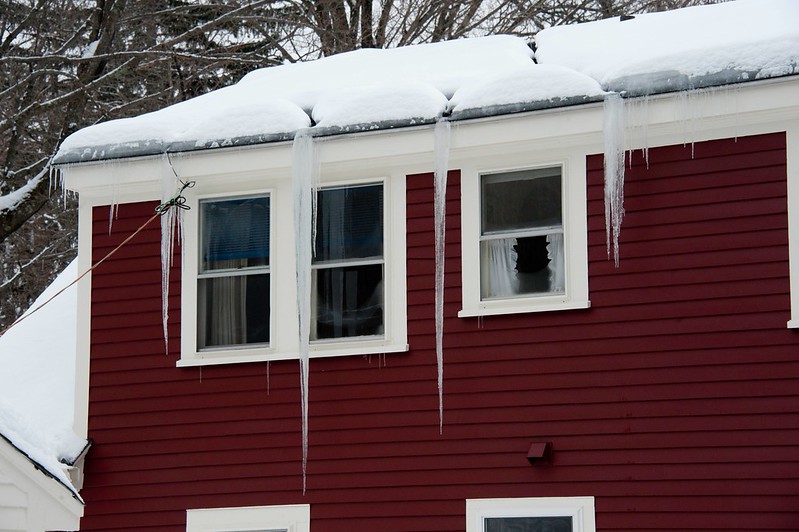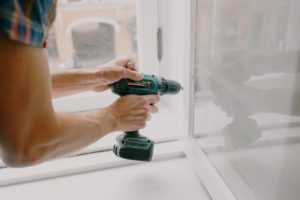As the temperature rises, snow starts to melt and you should start preparing your home for spring. One of the things that should be on your list is preventing ice dams from forming on your roof. Otherwise, you would have to deal with costly home repairs caused by these ice formations.
An ice dam is a formation of a mass of ice at the edge of a roof caused by particular conditions during wintertime. They may look interestingly pleasing, but they can be damaging to your roof. Massive ice dams can weigh hundreds of pounds that can compromise the structure of the roof eaves.
Prevent Ice Dam Formation
Removing ice dams is challenging and can lead to unexpected roof repairs. That’s why it’s vital to prevent them from forming in the first place. Not all houses in your neighborhood would have ice dams. It all depends on how warm your attic gets.
Understanding the cause of ice dams is key to preventing their formation. An ice dam forms when the upper part of your roof gets warm enough to melt the snow. The meltwater will then flow down to the edge of the roof. Since the temperature outside is below the freezing point, the water will refreeze as it reaches the edge.
The edge of the roof will accumulate more ice over time. This will block other melted snow from flowing off the roof. As more ice forms, it will start backing up the roof shingles and remelts. The meltwater will soak the roof sheathing and leak into the attic. Eventually, the melted ice will penetrate deeper into your house and cause further damage.
The heat from your house escapes through the attic which warms up the upper part of the roof. This causes the snow at that part to melt. One way to prevent ice dams is by keeping your attic cold so the snow doesn’t melt.
Here are three ways you can prevent ice dams:
1. Give the roof deck ventilation
Keep your attic cold by letting the colder outside air circulate through the room. This prevents the space from warming up above the freezing point.
2. Insulate the ceiling below the attic
This keeps warm air from reaching the attic to warm it up and melt the snow on the roof. Consider upgrading your attic insulation to about 40 R-value. The R-value of the insulator refers to its resistance to heat transfer from hot air to cold air. Higher R-value during cold months will keep warm air inside.
3. Block any heat sources
You can seal gaps in drywall, unblocked walls, and cracks around plumbing pipes, light fixtures, and other exit points where heat can escape to the attic.
As a homeowner, keeping your house in good shape would always be a priority. But sometimes it can be difficult to keep track of the issues around your property. You would notice certain problems when it’s too late.
Removing Ice Dams Off Your Roof
In case your attic got too warm during the wintertime, melting some snow on your roof and formed ice dams, there are quick fixes you can do to remove them before they create more damage to your home.
For instance, not letting snow stay on your roof for a long time helps minimize ice dam formations. After a heavy snowfall, rake the snow off your roof immediately. Be careful when raking that snow, however. Do it from the ground or a roof deck and not from a ladder. Make sure not to damage the shingles, as well.
If ice dams have started to form, melt them using a streamer. Ask your local roofing company if they have a steamer you can use for this project. Severe ice dams, however, can be difficult to remove and would require professional help.
Look for signs of ice dams and assess the damage they have caused to your home. Take some photos of the exterior of your home to use as a guide when inspecting your interior. Check your attic, too, for any sign of leakage caused by the melted ice.
If the damage can no longer be fixed on your own, it’s best to contact a roofing professional. The contractor will remove the ice dams and fix any problems they have caused. Working with professionals for projects like this reduces errors and additional repair costs.
Ice dams are normal among houses in areas that experience heavy snowfalls. Preventing them as early as possible is vital to protect your home from other issues.



